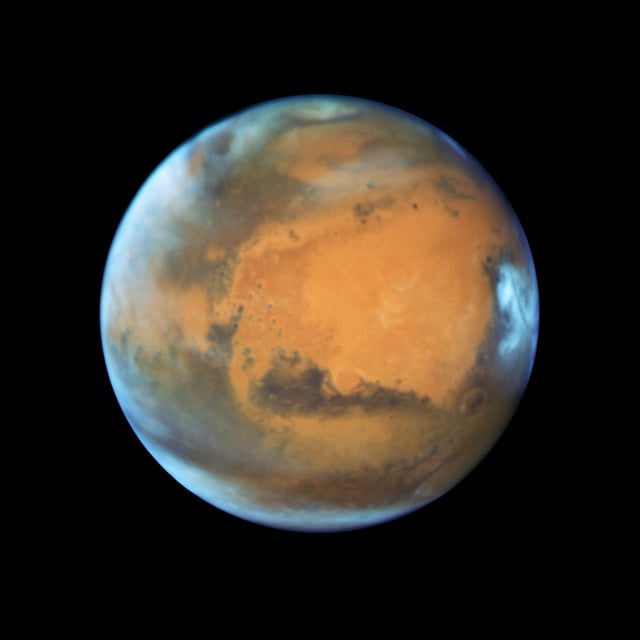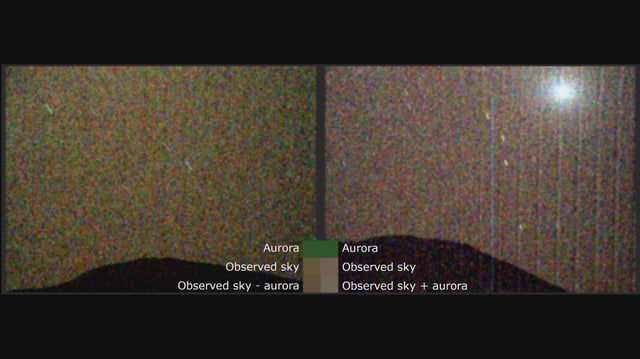Overview
- NASA's Perseverance rover captured the first visible-light aurora on Mars on March 18, 2024, following a coronal mass ejection from the Sun.
- The aurora, caused by solar energetic particles interacting with oxygen in the Martian atmosphere, appeared as a diffuse green glow at a wavelength of 557.7 nm.
- Unlike Earth's polar-confined auroras, Mars's auroras are diffuse and can occur planet-wide due to its patchy crustal magnetic fields.
- The discovery was facilitated by real-time space weather alerts and CME simulations, enabling precise timing for Perseverance's observations.
- This breakthrough enhances understanding of Martian auroras and ionospheric conditions, aiding future navigation and communication systems for human missions.



